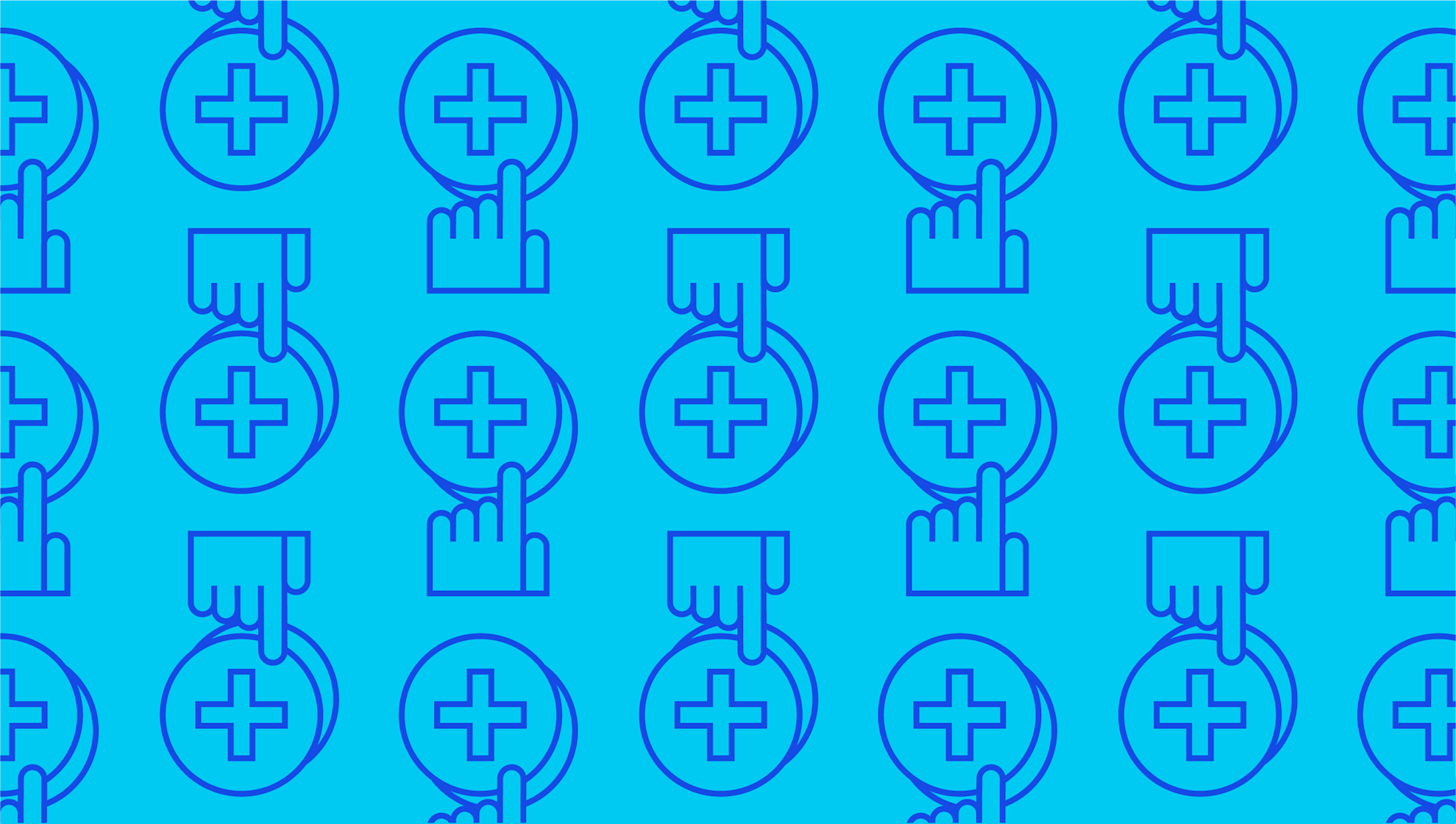
Introduction to the scrum methodology
Last editedApr 20213 min read
How can your business offer the highest possible value to all stakeholders? You might want to look into agile scrum methodology for fast, efficient project management. But what is scrum, exactly? Find out more about how the scrum process works below.
What is scrum?
Scrum is a specific framework of the agile methodology. It’s a project management system based on flurries of activity called “sprints” designed to break larger projects down into smaller tasks. By working in sprints, it’s possible for teams to adapt to changes throughout the development process. Reviews are put in place at the end of each sprint, so that stakeholders and team members can cross-collaborate.
While the overall agile method is designed for flexibility, there are more rules put in place with scrum methodology.
How is agile scrum methodology different?
Scrum is based on incremental development, consisting of a series of sprints lasting from two to four weeks in length. During each sprint, the goal is to focus on the highest-value features, ideally ending up with a deliverable product. Between sprints, the development team meets with stakeholders and customers for feedback. This feedback is incorporated into the planning process for the next sprint.
This is the main way in which agile scrum differs from other types of project management. With traditional projects, the team would look at building a product or service from start to finish. Yet with scrum, you create multiple prototypes of the product, inviting customers to assess value at each completed stage or sprint.
Advantages of the scrum process
The main advantage in this approach is that it speeds up the production process. You only have between two and four weeks in each sprint, which means you have to focus on delivering a finished product within this timeframe. Goal setting is broken down into multiple stages. You focus on the short-term goals in order to achieve the longer term finished project.
This helps boost motivation among team members, who can see the results in action. It also boosts customer satisfaction, as clients have an active say throughout the process.
There are a few situations where scrum methodology is most beneficial:
Customer-facing companies can use this method to develop better products in line with customer expectations, before going to market.
Results-driven companies can use scrum to achieve measurable results at each stage of development.
Businesses that need to complete a high volume of complicated tasks can use the scrum process to fire through a backlog.
How does scrum fit into the agile methodology?
Scrum is merely a framework that’s part of the overall agile methodology, an innovative way of approaching project management and product development. The guiding principles of the agile manifesto focus on core values including the following.
Customer satisfaction
Collaboration
Conversation
Early, continuous delivery
Functional product development
Self-organized teams
Simplicity of process
Rather than getting bogged down in lengthy contract negotiations and paperwork, the agile system cuts the fat to let companies focus on creating high-quality deliverables in each sprint.
Agile scrum roles
Team members taking part in a scrum project will fall under three categories. Here are the typical roles and what each is responsible for.
Scrum master: The scrum master leads the development process, holding daily check-in meetings to communicate with the core team. The scrum master also enforces the scrum rules if needed, while keeping the team motivated along the way. They are more akin to a coach than a boss.
Product owner: The product owner helps set the goals by presenting the customers or other stakeholders. This role helps outline expectations, administer the backlog, and prioritize the most important goals during each sprint based on stakeholder value. This helps ensure that the scrum process focuses on the most high-value features during each product iteration.
Scrum team members: Each core team is composed of three to nine individuals, who form a self-organized group. The scrum team members work together to plan, solve problems, and produce a finished product. There’s no hierarchy within the scrum team; all work together to achieve the sprint goals.
By defining these roles and following a sprint-based development process, the scrum methodology lets businesses adapt to changing customer needs more easily. At the same time, it lends structure to the more flexible agile framework for enhanced productivity.
We can help
GoCardless helps you automate payment collection, cutting down on the amount of admin your team needs to deal with when chasing invoices. Find out how GoCardless can help you with ad hoc payments or recurring payments.

